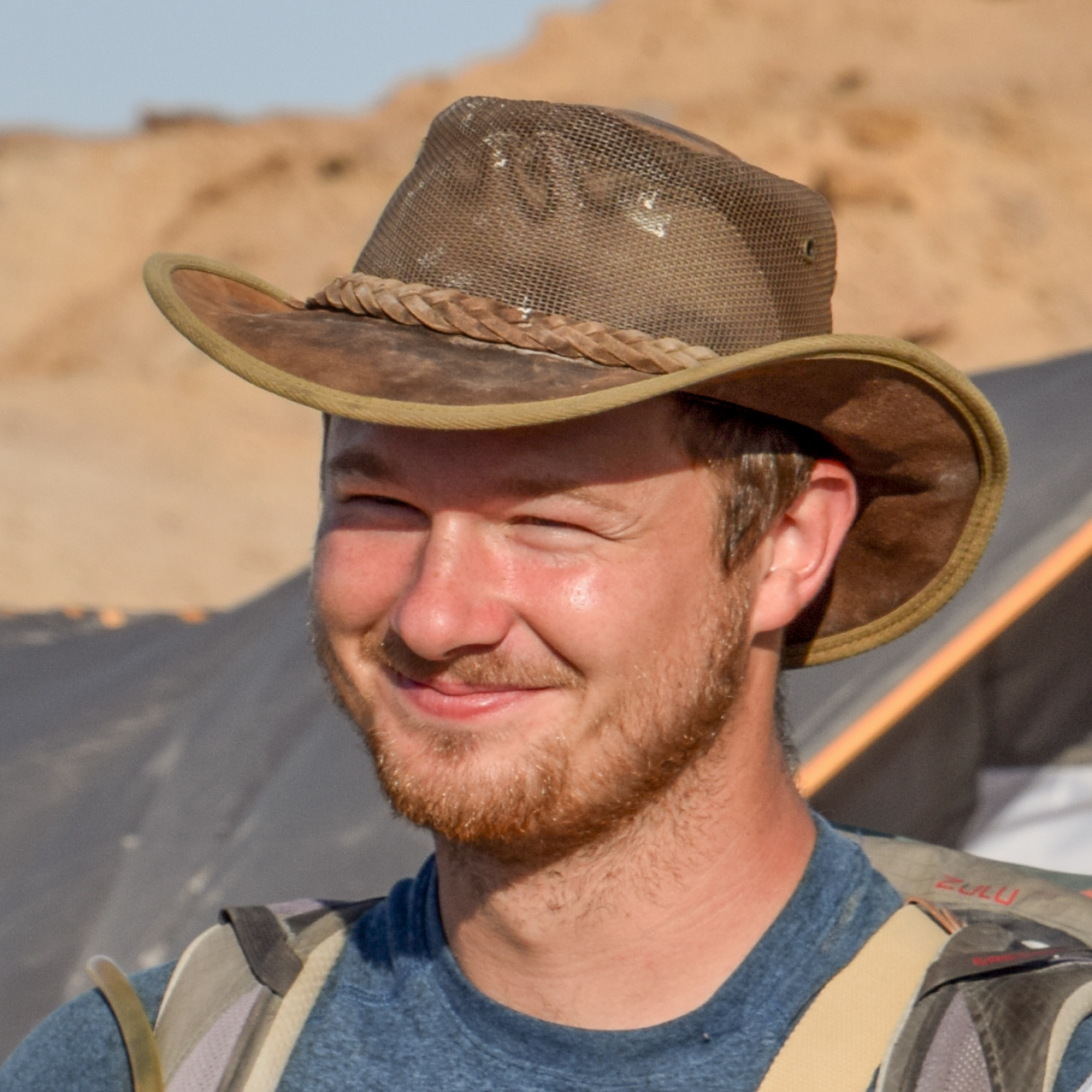
Greg Funston
Assistant Professor
Education
PhD, University of Alberta, 2019
BSc, University of Alberta, 2013
Past positions
Visiting Assistant Professor, University of California, David (2024–25)
Banting Postdoctoral Fellow, Royal Ontario Museum (2022–24)
Newton International Fellow, University of Edinburgh (2020–22)
Links
Website
Google Scholar
Research Gate
Email
gregory.funston@stonybrook.edu
Dr. Greg Funston is a Canadian palaeontologist whose research program focuses on life history: the pattern and pace of growth. His research aims to reconstruct the way life histories have evolved through time, and in turn analyze how reproductive strategies, pace of life, and growth patterns affect the evolution of lineages on long time scales.
To accomplish this, he uses a variety of tools and techniques. Underlying his research is fieldwork to discover new fossils, particularly in the Late Cretaceous of Alberta and Mongolia, and in the Paleocene of New Mexico. Fieldwork is his favourite part of the job, and he feels incredibly lucky to have explored from the foothills of the Andes, to the badlands of Alberta, to the sands of the Gobi Desert, to the Highlands of Scotland.
At the heart of all Dr. Funston’s work is detailed anatomical study. He uses these data to understand which bones belong to which species, and in turn this helps him reconstruct their evolutionary relationships. He uses many tools in the study of anatomy, but especially 3-dimensional modelling using photogrammetry or x-ray scan data, including high-powered synchrotron µCT. He also uses multivariate statistical approaches to quantify changes in anatomy across evolutionary timescales.
Another major emphasis of his work is palaeohistology, the study of fossilized tissues. Bones and teeth preserve growth marks and information about growth rate, allowing him to piece together the chronology of an extinct animal’s life. Dr. Funston’s research now shows that spatial patterns in certain chemical traces are left behind, too, revealing time-resolved evidence of changing diet and physiology when combined with growth chronologies.
His research focuses mostly on dinosaurs and mammals, but is driven by questions rather than clades, and he appreciates all of the ‘endless forms most beautiful and most wonderful’, whether living or extinct.
His work on dinosaurs deals primarily with oviraptorosaurs – toothless, birdlike dinosaurs that lived across Asia and North America. He aims to document the diversity, functional anatomy, and evolutionary patterns of these animals. He has named 5 new species of oviraptorosaur, including a bizarre, two-fingered Oksoko, that revealed gradual evolutionary reduction of the fingers in this group. He also dabbles in tyrannosaur research, and has active projects investigating their early-life growth patterns and macroevolutionary trends.
Dr. Funston’s mammal research is the main emphasis of his future research vision. He uses palaeohistology to reconstruct fine-scale patterns in life history, with current research questions regarding 1) the transition in mammal communities at the end-Cretaceous extinction; 2) the subsequent rise of eutherian mammals; and 3) the origin and evolution of different maternal investment strategies in therian mammals – and their evolutionary consequences. His approach leverages daily growth marks in the teeth to build chronologies of early life, paired with in situ geochemical analysis to document daily changes in chemistry that correspond to birth, suckling, and weaning. He is also actively investigating whether these kinds of data can be collected non-destructively using a synchrotron, with promising early results.

